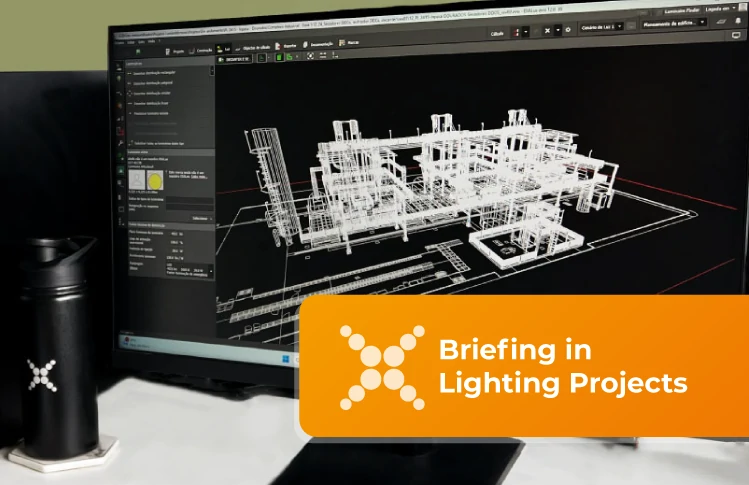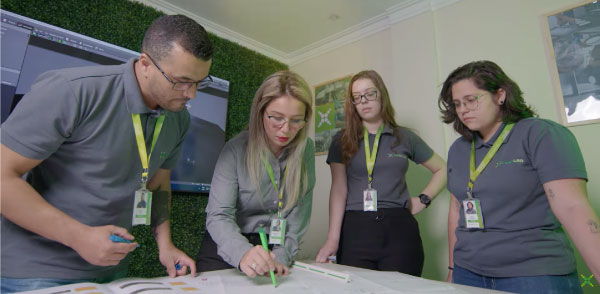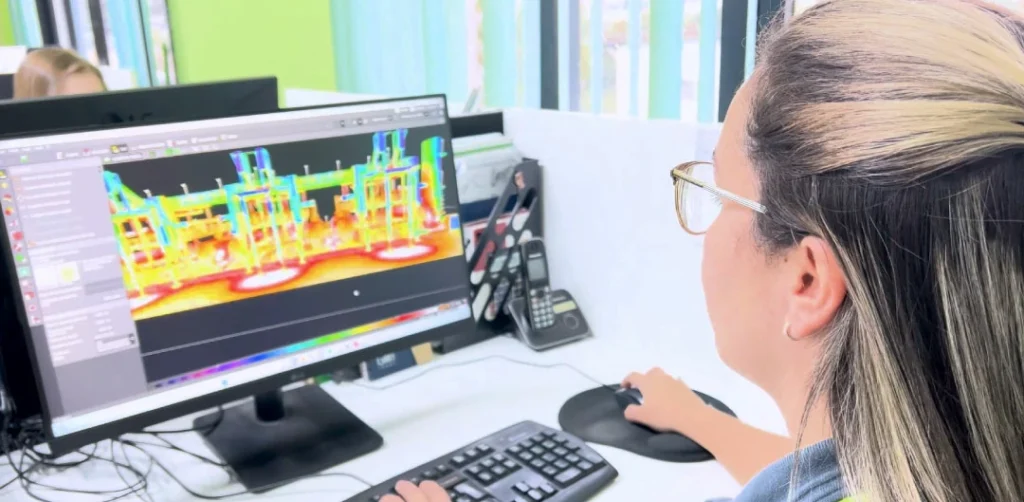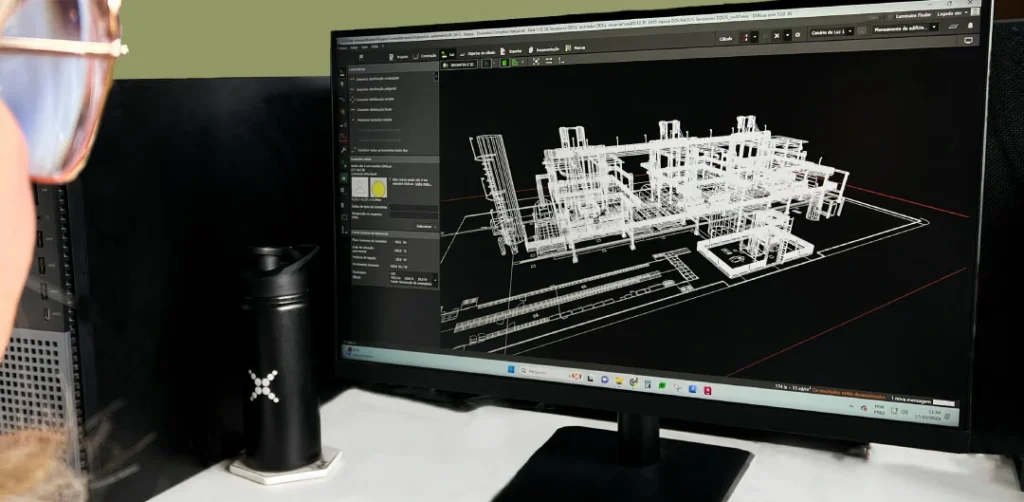Condições Imperdíveis da Black November Aqui! 🔥

As a lighting designer, architect, or engineer, have you ever faced the consequences of a poorly structured briefing in a lighting project? Lack of clear information can lead to rework, delays, and client dissatisfaction.
Conexled’s design team has a valuable tip: invest in a detailed briefing from the start. This step is essential for understanding client needs and aligning expectations, ensuring efficient and impressive solutions.

Let’s explore how a well-prepared briefing can be a game-changer in your projects and how to avoid the common challenges when this phase is neglected.
A well-structured briefing acts as a roadmap for your project. It helps you clearly understand what the client expects, reducing errors and ensuring a tailored solution.
💡 Conexled Tip: Create a question script for client interviews and don’t leave out important details!
Every environment has unique characteristics, from activity type to ambient conditions. Without clear information, designing functional solutions becomes a challenge.
The briefing provides the technical foundation to adjust lighting levels and select the right materials.
Details about design and finishes are crucial, especially for architects who need to align aesthetics with functionality.
💡 Conexled Tip: Ask about specific preferences, such as light tones or types of luminaires.
Not defining a budget upfront can result in proposals beyond the client’s financial reach.
✅ A well-structured briefing sets financial boundaries, helping you create feasible proposals from the beginning.

Skipping the briefing phase can lead to several problems, including:
Without the right information, decisions are based on assumptions, increasing the chances of mistakes and compromising the final outcome.
Projects without a clear briefing often require multiple revisions, consuming time and frustrating both the team and the client.
💡 Conexled Tip: Invest more time at the start to save effort on revisions later.
Making last-minute changes due to lack of information leads to unnecessary costs, both for the team and the client.
Without expectation alignment, the likelihood of the client being unhappy with the final result increases significantly.

✔ More Creativity: A complete briefing allows you to explore innovative solutions with confidence.
✔ Better Time Management: Clear information reduces rework, letting you focus on new projects.
✔ Guaranteed Satisfaction: Well-planned projects exceed expectations and enhance your professional reputation.
If you want to avoid mistakes and ensure project efficiency, the briefing should be a top priority.
💡 Conexled Design Team Tip: Prioritize communication from the beginning. This will turn challenges into opportunities and take your lighting projects to the next level.
📢 Need inspiration or technical support? Get in touch! Our team is ready to help you achieve outstanding results.
CNPJ 54.601.612/0001-69
Conex Eletromecânica Ind e Com Ltda.
A Conexled procura constantemente novos fornecedores para seus negócios.
Se você tem interesse em ser um de nossos parceiros, preencha o formulário abaixo.
Quer ser um representante da Conexled?
Se você tem interesse em ser um parceiro da marca, preencha o formulário abaixo.
Ficou com alguma dúvida, ou precisa de ajuda para escolher a melhor solução para seu projeto?
Fale diretamente com um de nossos consultores.